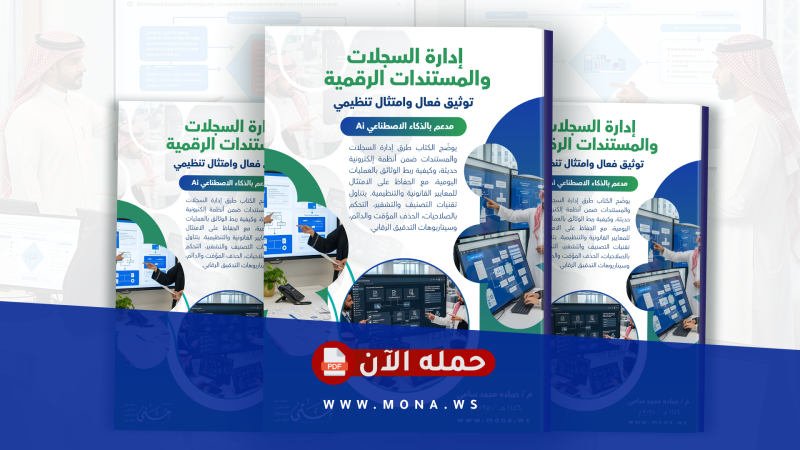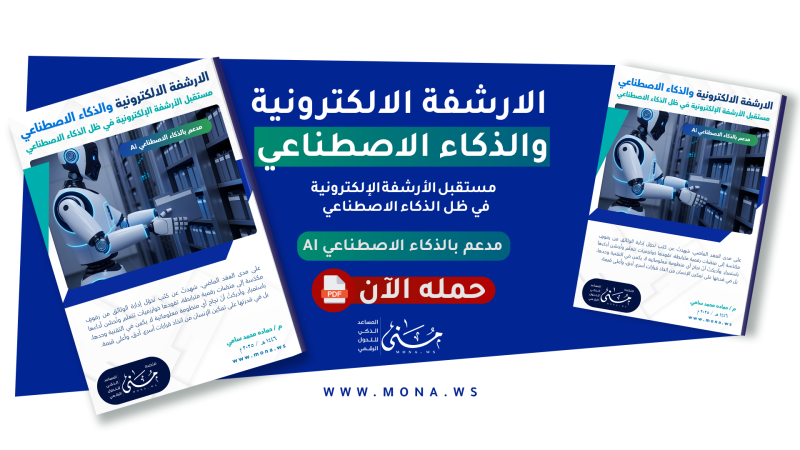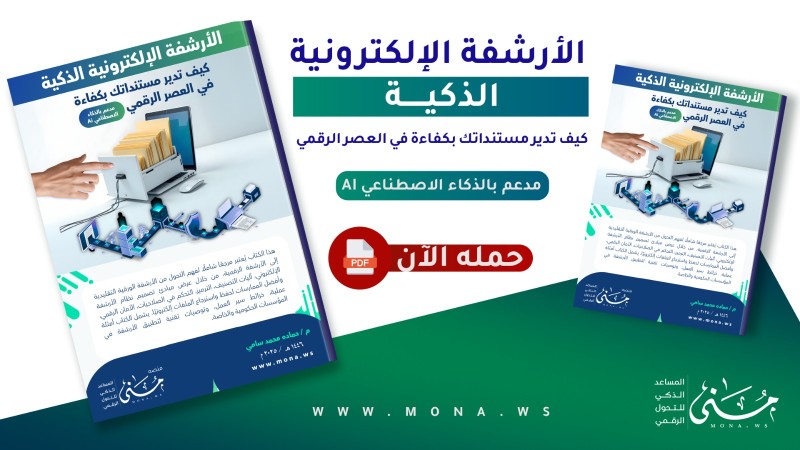This booklet is a comprehensive and detailed reference on digital administrative communications. It provides an in-depth study demonstrating how digitization has become an essential strategic tool for building a smart, flexible, and responsive corporate environment, integrated across processes and systems, ensuring a smooth flow of information and achieving transparency and effective governance.
The booklet begins by addressing the core concepts of administrative digital transformation, offering in-depth analyses of the role of automation in transforming correspondence and decisions into organized digital processes. This reduces waste, accelerates transactions, improves operational efficiency, and enables management to monitor decisions and evaluate performance in real-time.
It then goes on to explain how to integrate administrative communications with modern business systems such as DocSuite, highlighting the importance of this integration in creating an integrated environment that documents every step, links correspondence to tasks, and connects archiving to human resources and project management systems. This ensures data consolidation, ease of access to information, reduces errors, and improves decision-making.
The booklet showcases pioneering Saudi models, such as the Ministry of Human Resources and Aramco, listing tangible results such as reduced response time, reduced complaints, increased documentation quality, and a cultural shift toward a more data-driven work environment and streamlined decision-making and implementation.
The booklet also discusses precise performance indicators such as response time and the percentage of correspondence completed, providing practical examples of how smart analytics, interactive dashboards, and timely reports can be used to support leaders in making data-driven decisions. This helps build a professional, flexible, and future-ready corporate environment that is ready to adapt to future changes and achieve organizational excellence.
 الاتصالات الإدارية الرقمية- بناء بيئة تواصل ذكية داخل وخارج المؤسسة١
الاتصالات الإدارية الرقمية- بناء بيئة تواصل ذكية داخل وخارج المؤسسة١




Comments
Add New Comment